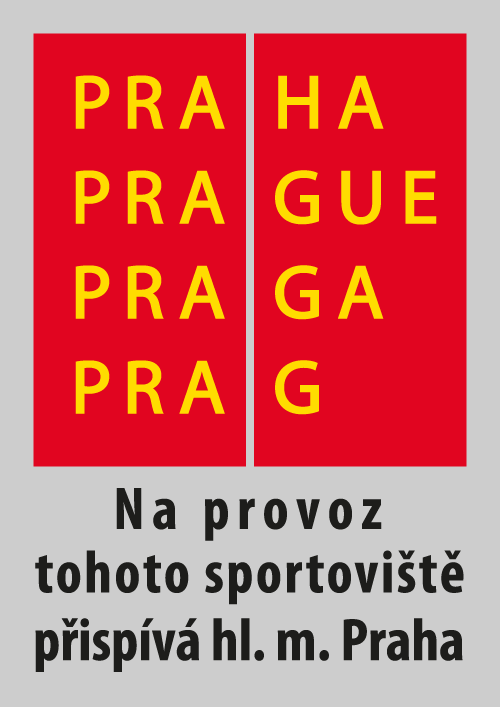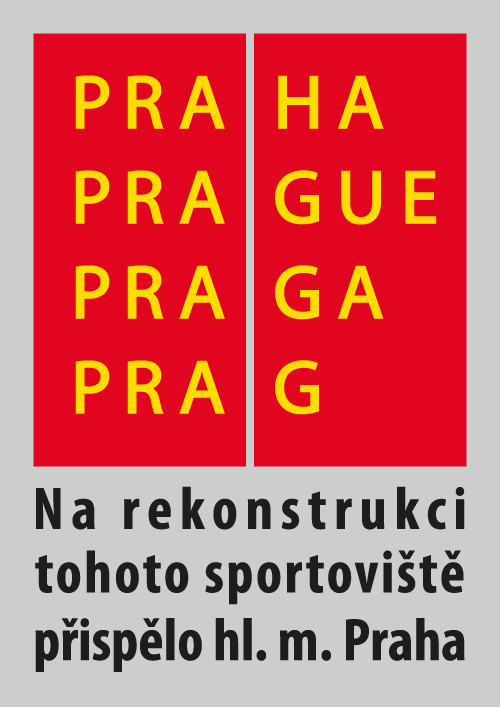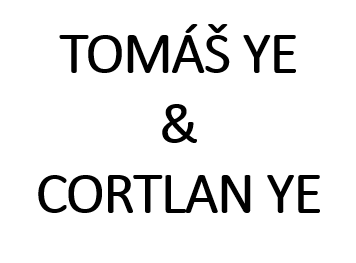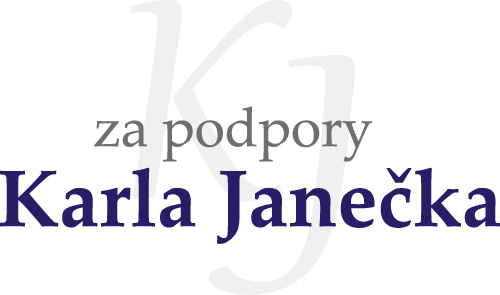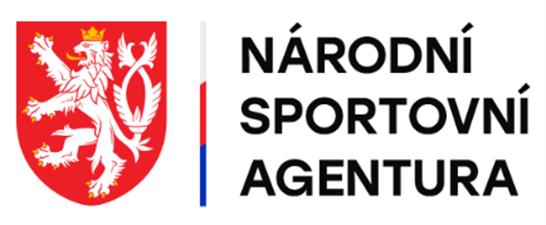Men's gymnastics is an individual sport, where competitors perform strength routines and swing elements on the various apparatus.
Gymnastics requires a high degree of joint mobility, dexterity and strength. Gymnastics has been included in the program of the Summer Olympics since 1896 (women's program since 1928). Competitors perform their routines for each apparatus that last about one minute.
For individual routines, they are evaluated with marks, where the winner is decided by the highest sum of marks. Men's competitions are divided into 3 components (individual apparatus, individual all-around and team all-around), by apparatus into 6 disciplines (floor exercise, pommel horse, rings, vault, parallel bars and horizontal bar).
Floor exercise - trains on a sprung floor covered with a gymnastics mat with an area of 12x12 meters. Routines consist of a combination of dynamic (eg somersaults, flips, flips with twists), force (e.g. handstand, wheels, balance) and acrobatic elements, which are performed individually or intensively in a row. The routines are not accompanied by music, unlike ordinarily for women.
Pommel horse - the apparatus is 160 cm long and 105 cm high and has two 12 cm high handles that are about 45 cm apart. The apparatus is characterized by rotary and pendulum movements (eg shears, wheels, wheels with turns, struts), using all parts of the horse.
Rings - the apparatus consists of two wooden rings with a diameter of 18 cm connected on ropes 3 m long, which are firmly attached to an iron structure.
The rings hang about 2.75 m above the ground. The assemblies contain both swing elements (eg giants, slips, struts) and force endurance (eg contradictions). The competitor must show control of the rings and try to swing as little as possible.
Vault - The apparatus consists of a jump table, a springboard and a mat.
The vault table is 120 cm long and 95 cm wide and is mounted on a stand measuring 135 cm high. The apparatus begins with a run-up, which must not exceed a length of 25 meters, and continues with a bounce from the bridge with both feet. Subsequently, the competitor bounces off the table body with his hands and performs various acrobatic elements before landing on the mat behind the table. In particular, speed, jump height and overall dynamics are evaluated, as well as impact, body deflection from the axis, etc.
Parallel Bars - the apparatus consists of two parallel wooden bars in a horizontal position about 50 cm apart. The parallel bars are 350 cm long and are attached to a metal structure at a height of 175 cm above the mat. Routines mainly contain swing elements under the bars, above them and also around them. Often there are also force elements, for example in the form of stands.
High Bar - the apparatus consists of a steel rod 2.5 cm thick and 240 cm long. The rod is placed 255 cm above the mat. The set consists of swing elements, Easter lights (forward, backward), Easter lights with turns, various flight elements (somersaults, flips), etc.
